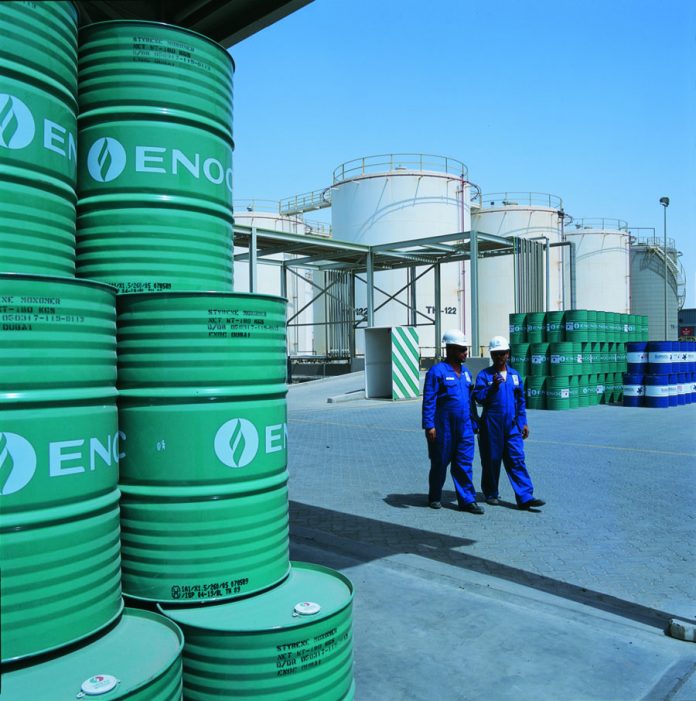
Currency depreciation in some emerging-market countries may slow global oil demand. They may need to utilize more subsidies to shield their industry and private consumers from already high global oil prices, the International Energy Agency said in its monthly Oil Market Report released Thursday.
Slower oil demand growth from major oil importers like India could help tamp down oil prices. The cost went higher on the back of factional fighting in Libya, which has slashed its oil production and concerns over the potential disruption of oil supplies from the Middle East if U.S.-led military strikes against Syria are launched.
Nymex crude prices reached a roughly 28-month high late last week, although these have since eased in the wake of diplomatic moves to put Syria’s chemical weapons stocks under international control.
India, Indonesia, Malaysia, Peru, the Philippines and Thailand are among those whose currencies have depreciated the most versus the U.S. dollar in recent weeks, driven by a mix of unsustainable current-account deficits and speculation that the U.S. Federal Reserve will soon begin tapering its asset-purchasing program, the IEA said in its latest Oil Market Report.
The Indian rupee had lost nearly one-third of its value against the dollar in the four months through to end-August, it said. With India relying on imports for 78% of the oil it uses, Indian Prime Minister Manmohan Singh has asked the oil ministry to find ways of cutting the oil import bill by $25 billion dollars.
“As oil is priced in U.S. dollars, when an oil-importing country’s currency falls versus the U.S. dollar, its oil import bill in domestic currency rises. Given the scope of recent currency depreciation, coming on top of already high oil prices in dollar terms, the latest currency movements may translate into lower oil consumption over time,” the Paris-based IEA said.
“Over the longer term, governments will likely become less capable of protecting oil consumers from price effects, as currency depreciation makes subsidies increasingly burdensome and ultimately unaffordable.”
Earlier this month Malaysia slapped price increases of 10.5% and 11% on gasoline and diesel, respectively, and in June Indonesia raised low-octane gasoline prices by 44% and diesel by 22%, while India will likely add to earlier diesel subsidy cuts by further reductions and introduce additional measures to curb demand, it said.
“It is too early to predict the full impact from these currency swings, as we have yet to see the final scope of depreciation, let alone assess its macroeconomic impact and feed-through into oil consumption, or the resultant degree to which subsidy programs change,” the report said.
Despite this, overall emerging market oil demand is still expected to rise at a relatively brisk pace in the second half of 2013, particularly compared with OECD countries, but at around 2.6% growth year-on-year, the trend is well down on the previous five-year average of roughly 3.6%. China oil demand is likely to grow by 3.8% this year.
Should currency depreciation continue, “the adverse demand effect will be more significant.”
World oil demand in 2013 will average 90.9 million barrels a day, rising to 92 million barrels a day next year, the IEA said.



































